Attending the program were comrades: Nguyen Manh Cuong, member of the Standing Committee of the City Party Committee, Head of the Propaganda and Mass Mobilization Department of the Ho Chi Minh City Party Committee; Nguyen Huu Hiep, member of the Standing Committee of the City Party Committee, Secretary of the Thu Duc City Party Committee; Tran Thi Dieu Thuy, Vice Chairwoman of the Ho Chi Minh City People's Committee; and leaders of departments, branches, and organizations...
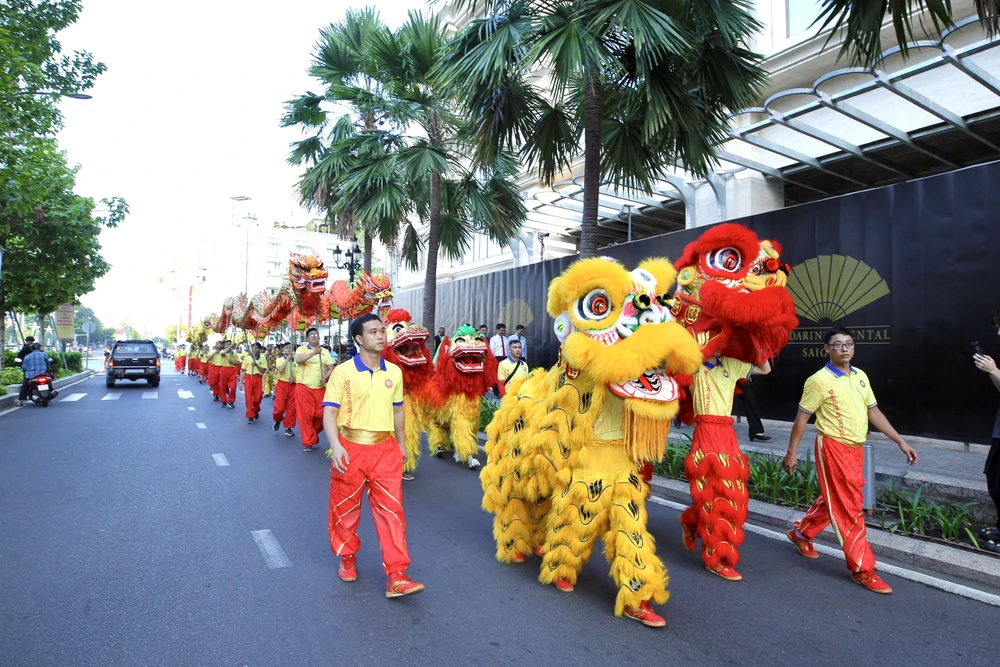
Lion, Lion, Dragon Art is a typical performing art form of Chinese people in Ho Chi Minh City.
The three mythical mascots: Unicorn, Lion, Dragon represent the wish for prosperity, luck, and warding off bad luck. They are often performed in festivals, Lunar New Year, Mid-Autumn Festival, opening ceremonies, groundbreaking ceremonies, etc.

The art of performing lions, unicorns and dragons represents spiritual values, education, transmission of traditional culture and many other values.
The inclusion of the Lion, Lion and Dragon Art in the list of National Intangible Cultural Heritage demonstrates the diversity of intangible cultural heritages in Ho Chi Minh City.
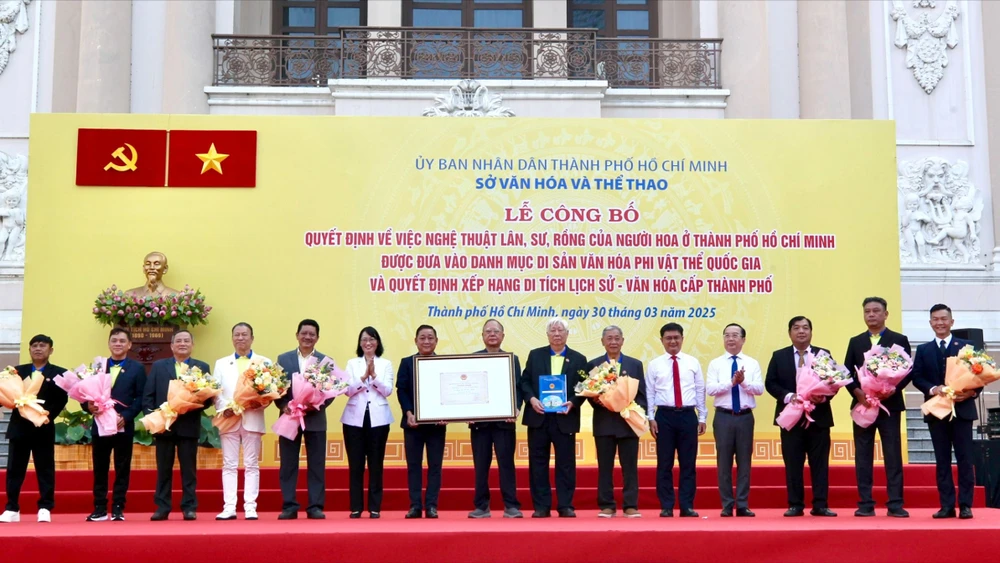

Thus, Ho Chi Minh City currently has two intangible heritages recognized by UNESCO as Representative Intangible Cultural Heritage of Humanity: Ca Tru and Southern amateur music.
In addition, Ho Chi Minh City also has 5 intangible cultural heritages included in the list of National Intangible Cultural Heritages including: Nghinh Ong Festival in Can Gio District, Nguyen Tieu Festival of Chinese people in District 5, Khai Ha - Cau An Festival at Lang Ong - Ta Quan Le Van Duyet in Binh Thanh District, Vovinam - Viet Vo Dao and the Art of Lion, Lion, Dragon of Chinese people in Ho Chi Minh City.
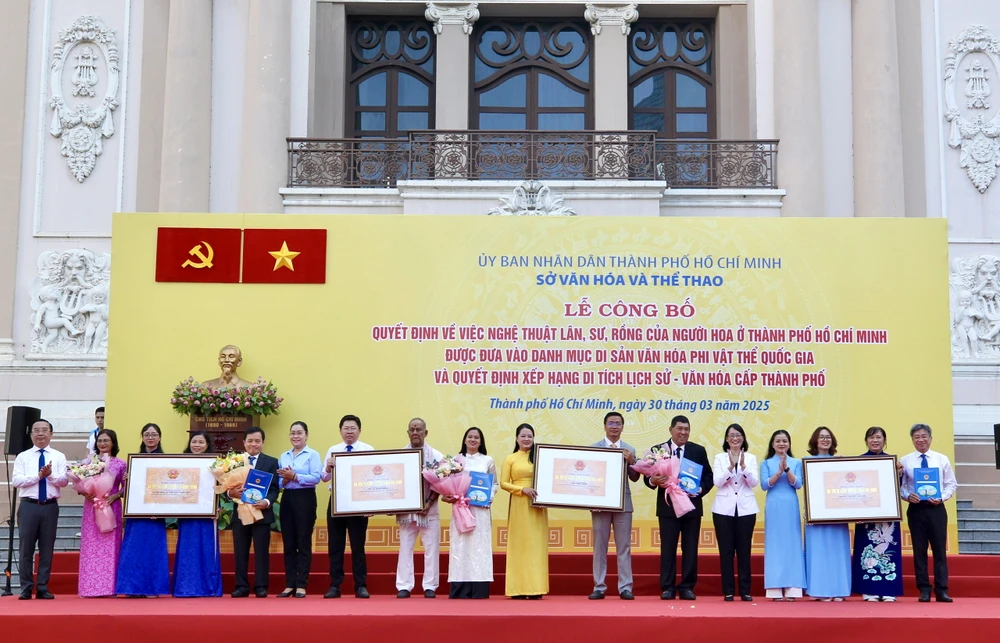
At the program, the city also announced the Decision to recognize 7 works and locations as historical and cultural relics.
Of which, 3 historical relics are communal houses in Thu Duc City, including: An Khanh Communal House Historical Relic (Thu Thiem Ward), Long Binh Communal House Historical Relic (Long Binh Ward) and Long Hoa Communal House Historical Relic (Long Thanh My Ward). These relics not only have the typical architectural style of Southern communal houses, but are also places associated with the process of national liberation and unification.
Four other recognized relics include: Tan Dinh Market Architectural Relic (Tan Dinh Ward, District 1), Saigon University Architectural Relic (Ward 2, District 5), Mariamman Temple Architectural Relic (Ben Thanh Ward, District 1) and Trung Vuong High School Architectural Relic (Ben Nghe Ward, District 1).
These are unique architectural works of art, demonstrating the cultural exchange between Vietnam and India, between Eastern and Western architecture. The historical and cultural values in the above works demonstrate the level of development in the past, and still retain their value today.
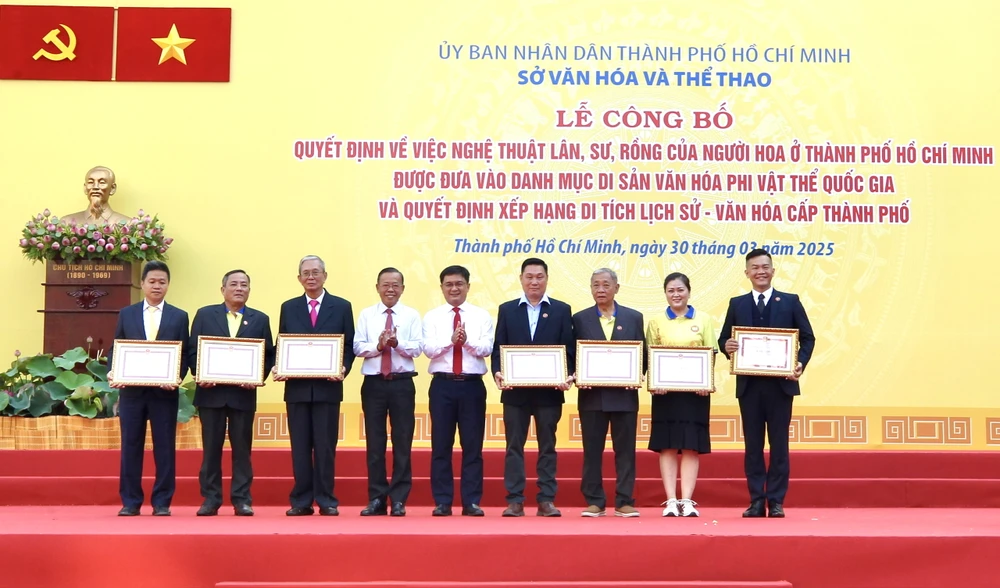
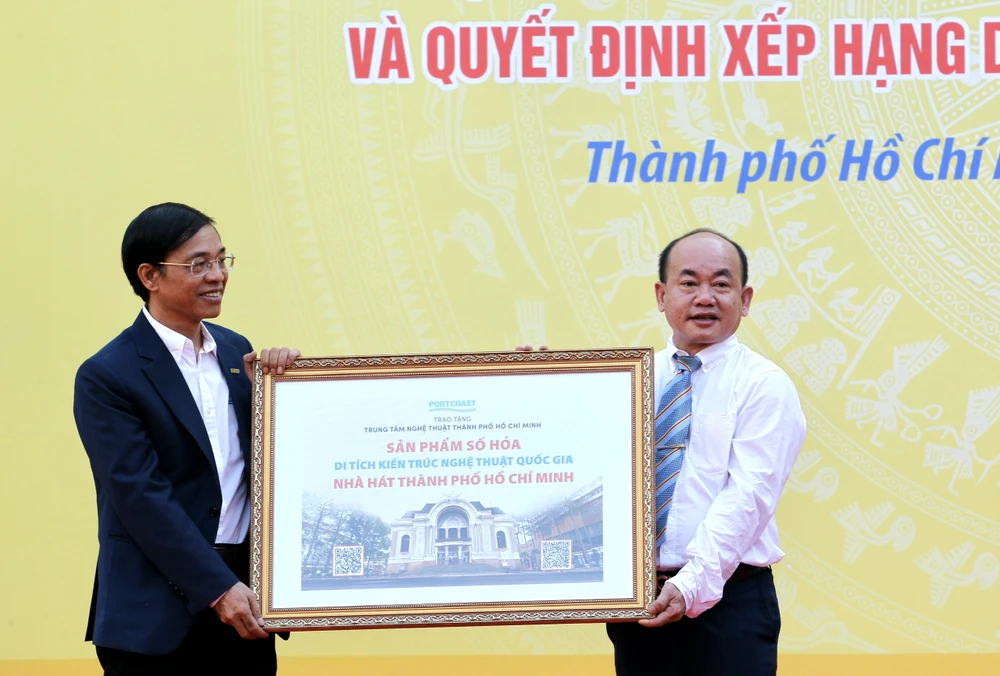
Up to now, Ho Chi Minh City has 200 historical and cultural sites and relics, including: 2 special national relics (historical relics), 58 national relics (including 2 archaeological relics, 32 architectural and artistic relics, 24 historical relics), 140 city-level relics (86 architectural and artistic relics, 54 historical relics).
Among them, there are 79 historical relics related to the process of fighting for national liberation and reunification.
On this occasion, the Ho Chi Minh City People's Committee awarded Certificates of Merit to 7 collectives and 2 individuals with positive contributions to the conservation and promotion of the National Intangible Cultural Heritage of Lion, Lion, Dragon in Ho Chi Minh City.
In addition, Portcoast Marine Engineering and Design Consulting Joint Stock Company also donated a digital product of the National Architectural and Artistic Relic of Ho Chi Minh City Theater worth 11 billion VND, to help optimize the ability to store, preserve and promote the value of cultural heritage in a sustainable manner.
After the announcement ceremony, the Ho Chi Minh City Lion, Lion and Dragon Federation and related districts will develop a plan to preserve and promote the intangible cultural heritage of this folk performing art form associated with tourism, contributing to the economic, cultural and social development of Ho Chi Minh City.
Source: https://www.sggp.org.vn/nghe-thuat-lan-su-rong-o-tphcm-vao-danh-muc-di-san-van-hoa-phi-vat-the-quoc-gia-post788371.html




![[Photo] General Secretary To Lam receives Russian Ambassador to Vietnam](https://vstatic.vietnam.vn/vietnam/resource/IMAGE/2025/4/2/b486192404d54058b15165174ea36c4e)

![[Photo] Prime Minister Pham Minh Chinh receives Deputy Prime Minister of the Republic of Belarus Anatoly Sivak](https://vstatic.vietnam.vn/vietnam/resource/IMAGE/2025/4/2/79cdb685820a45868602e2fa576977a0)
![[Photo] Prime Minister Pham Minh Chinh receives CEO of Standard Chartered Group](https://vstatic.vietnam.vn/vietnam/resource/IMAGE/2025/4/2/125507ba412d4ebfb091fa7ddb936b3b)
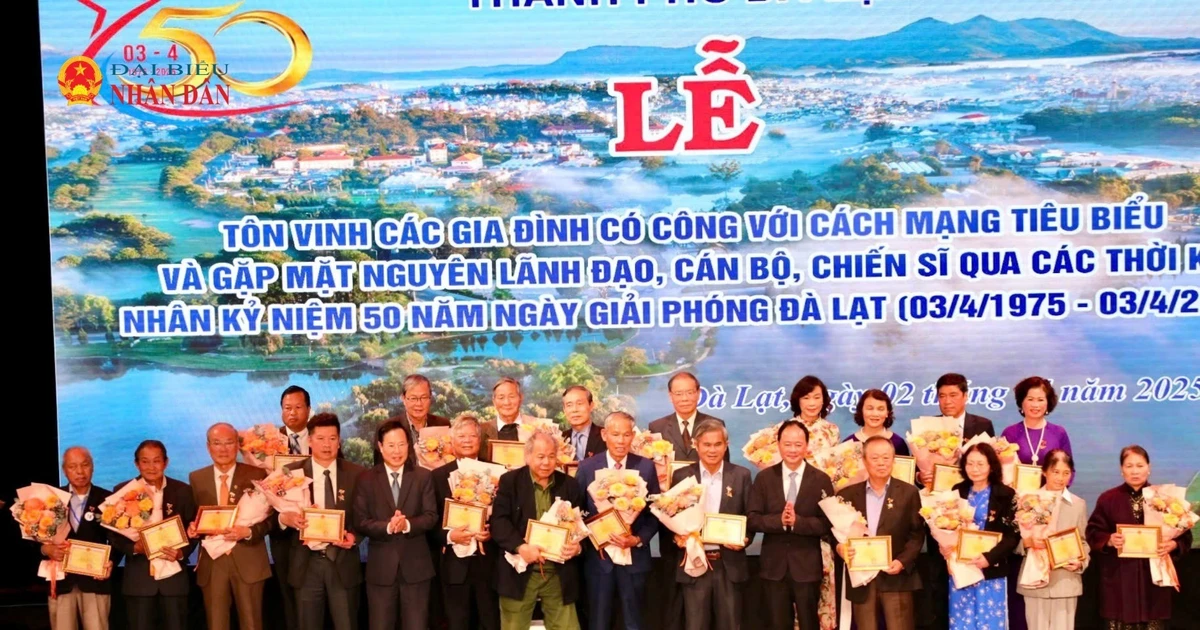
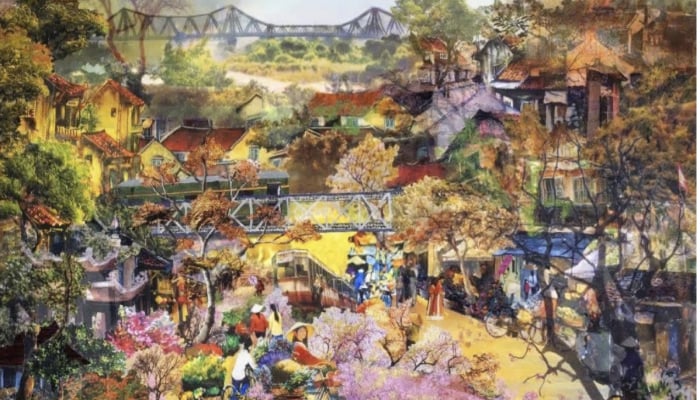
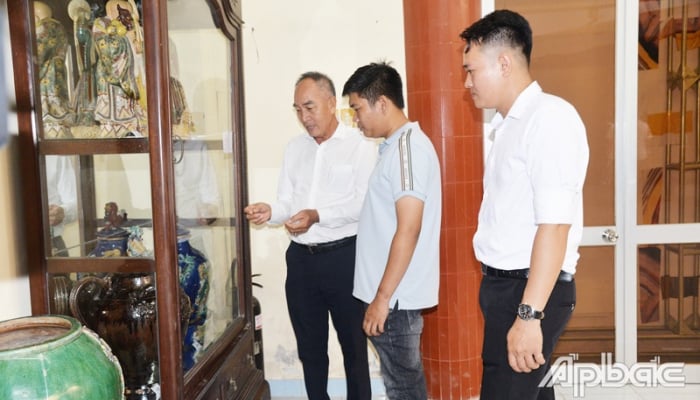
![[Video] Award ceremony of the contest "Denmark in your eyes 2024"](https://vstatic.vietnam.vn/vietnam/resource/IMAGE/2025/4/2/5204aa8890024b2e932f28393f139f27)








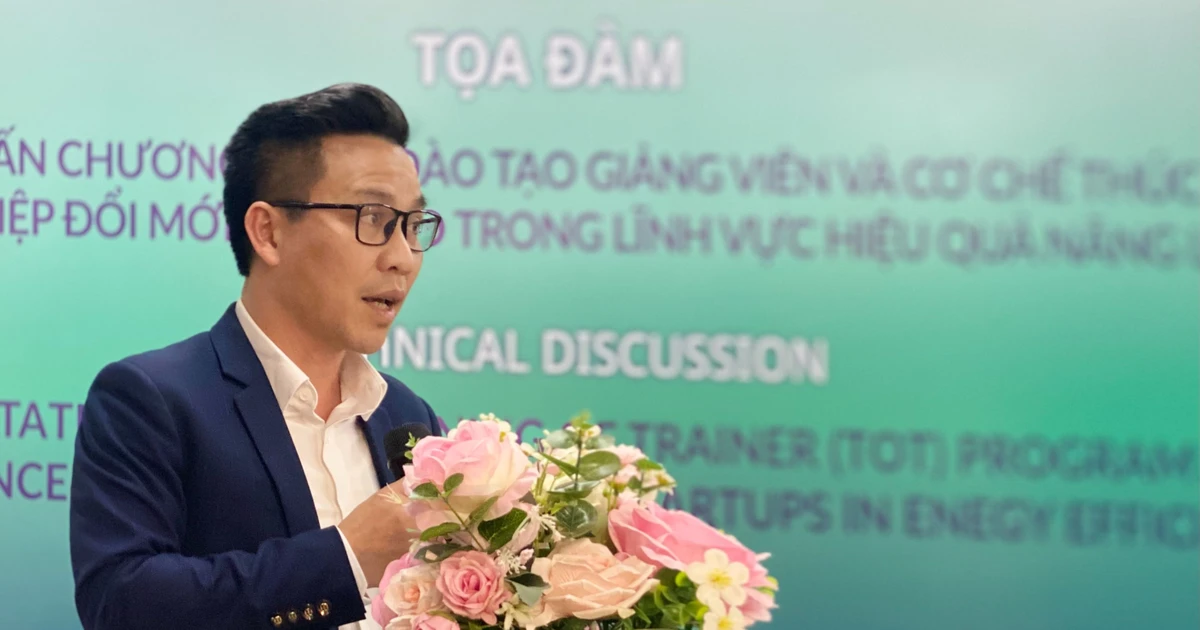
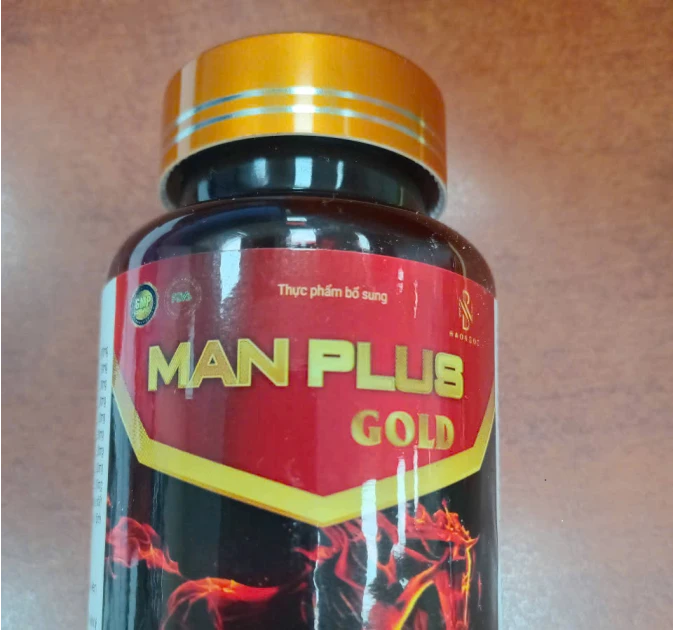









































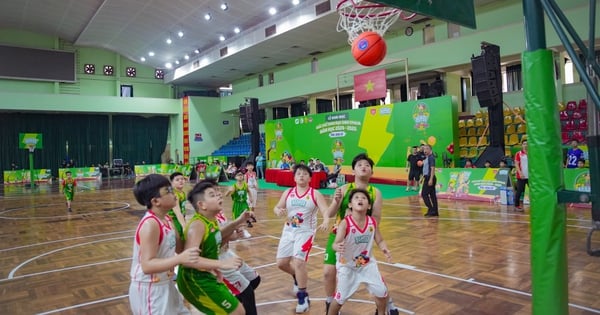





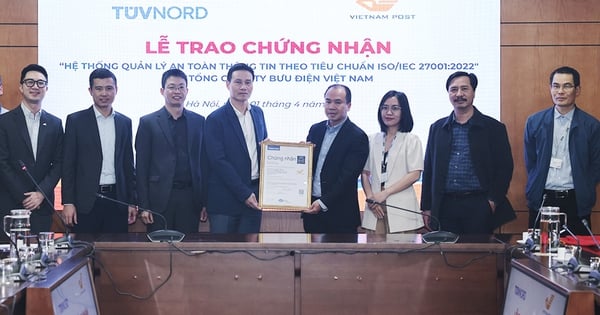

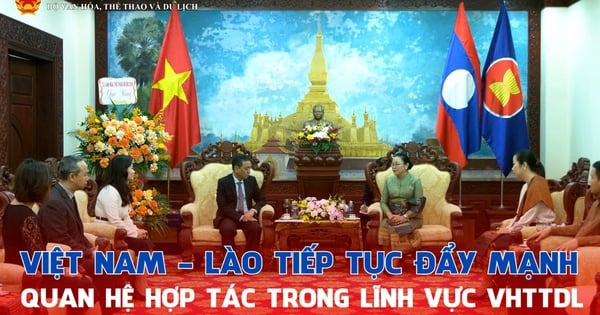


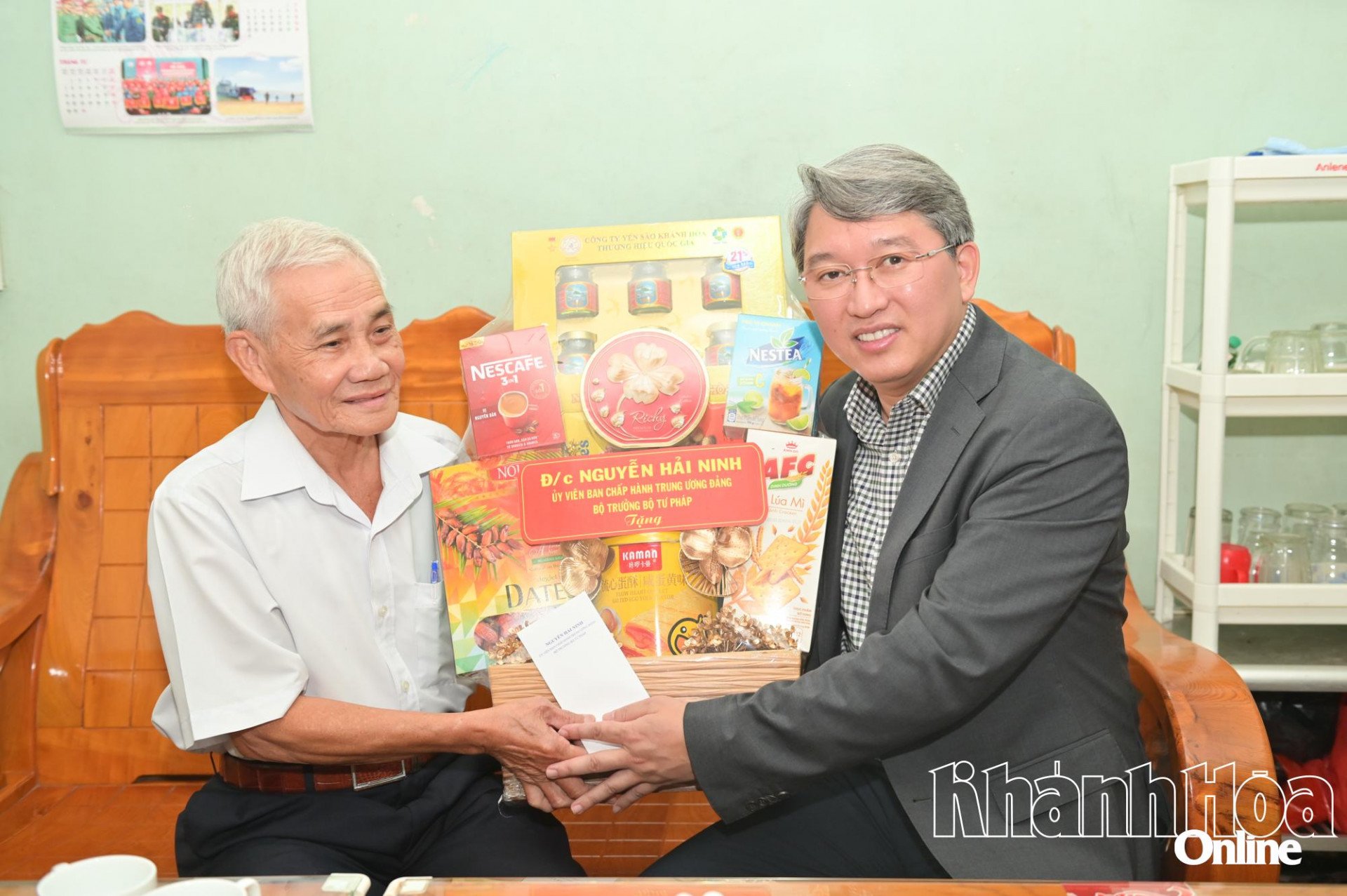
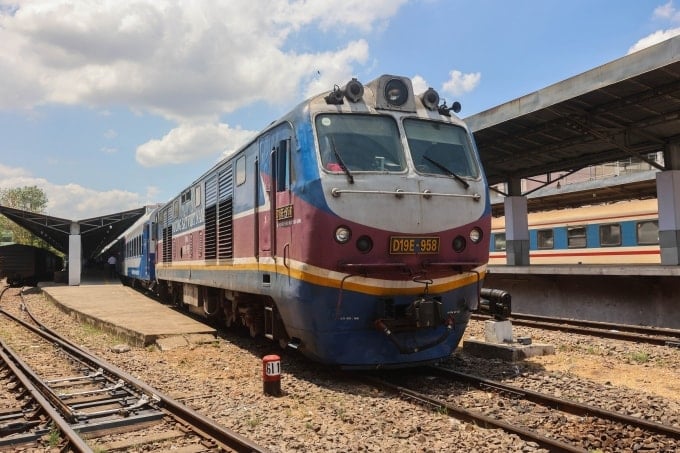

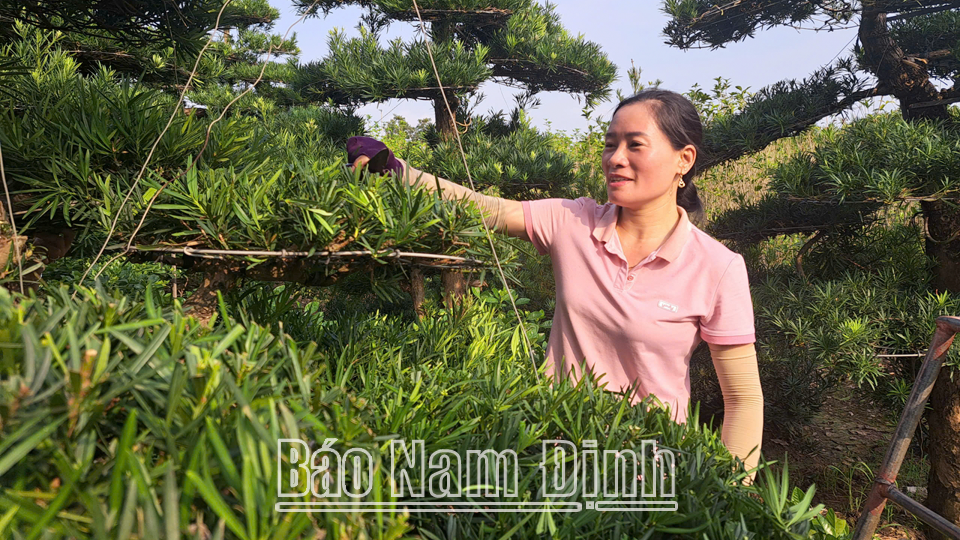

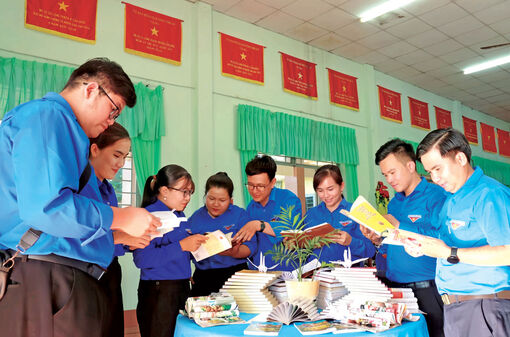












Comment (0)